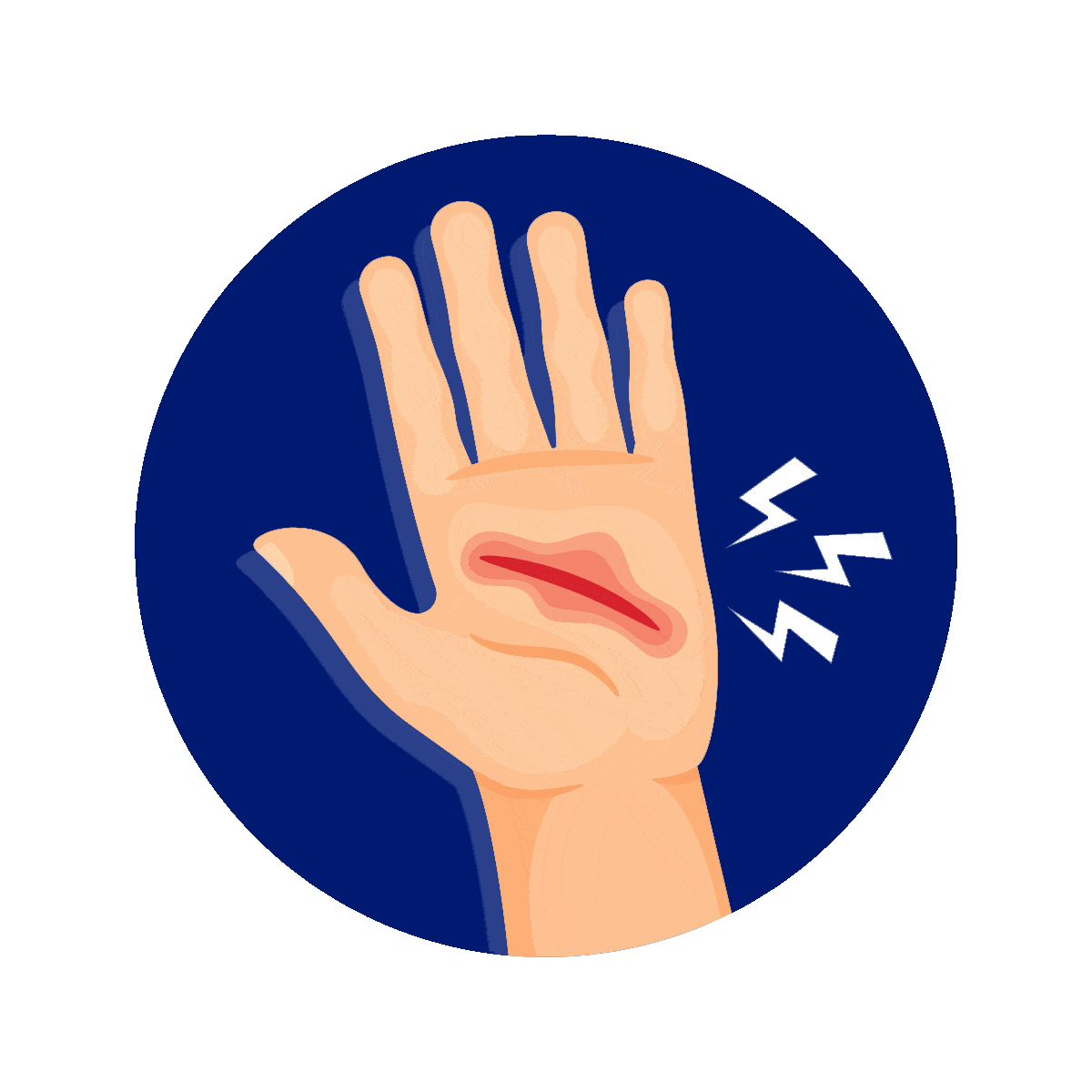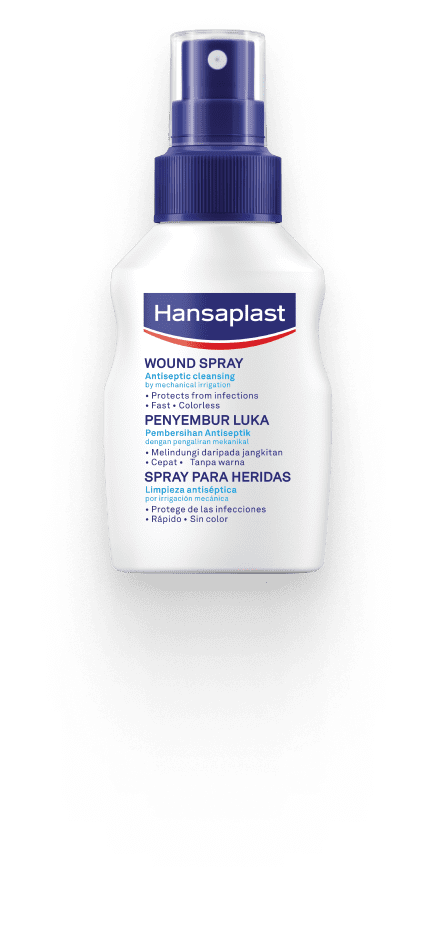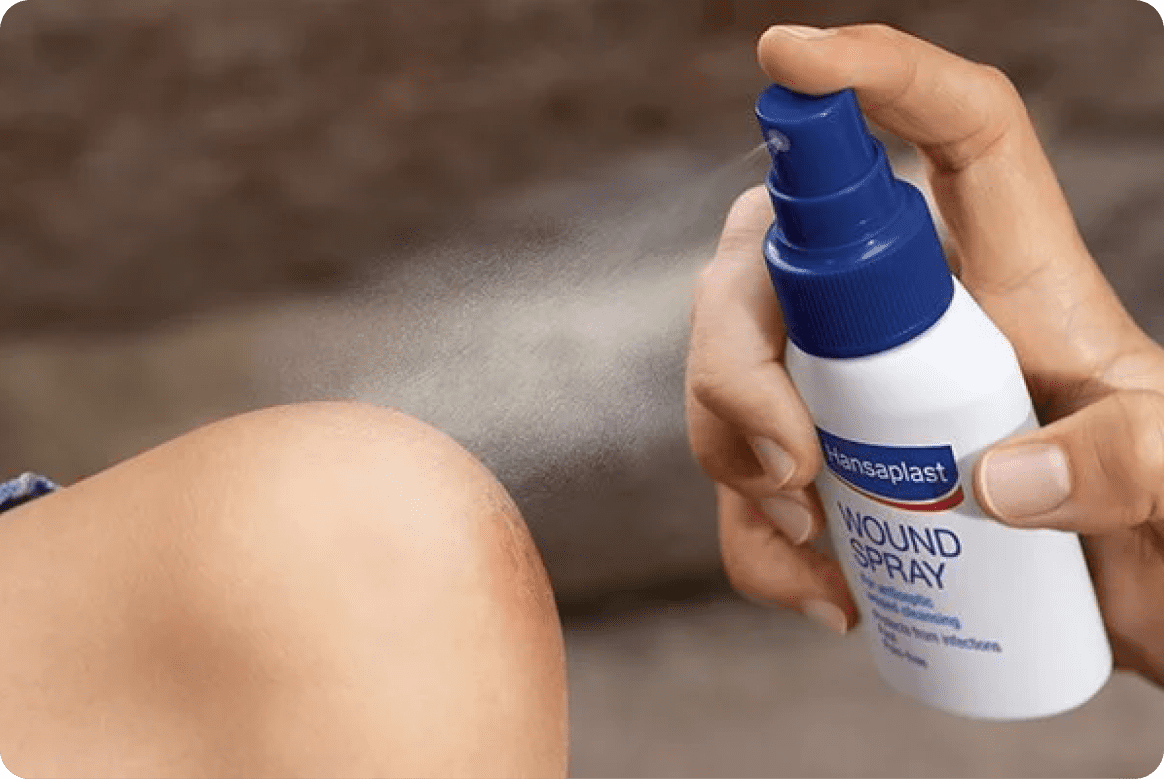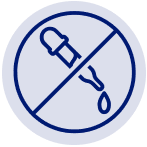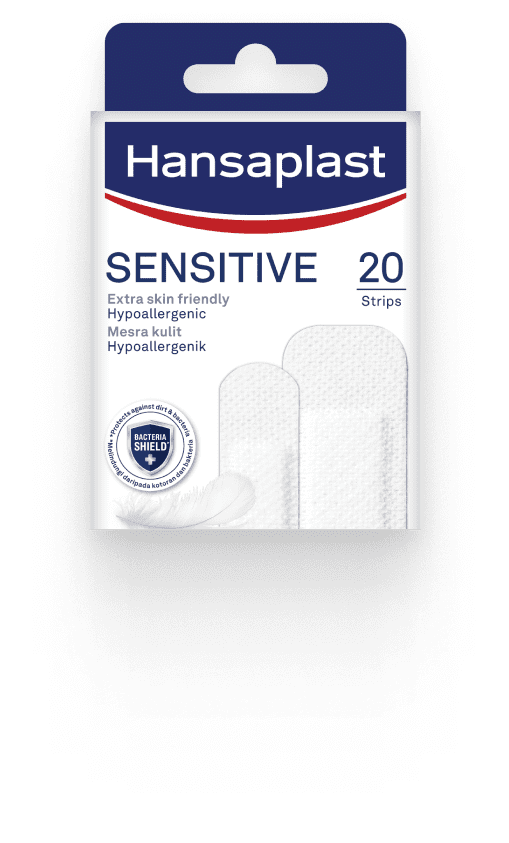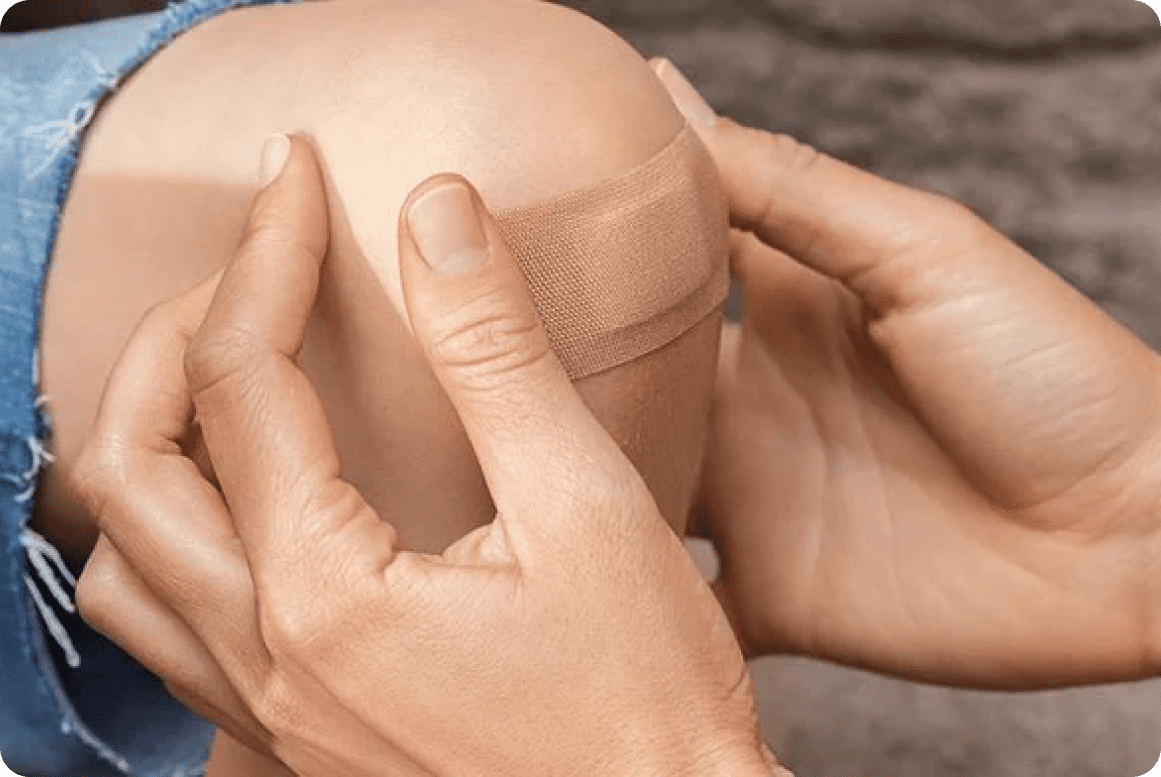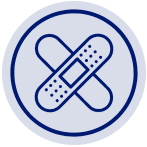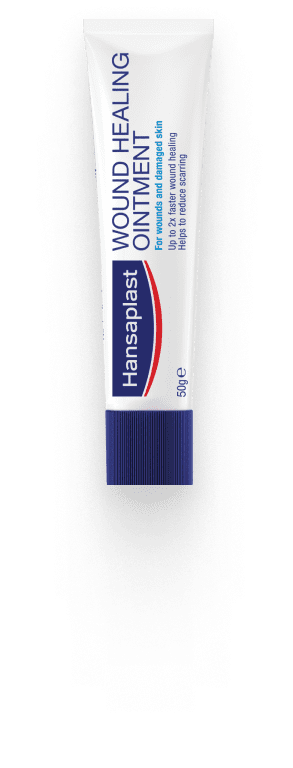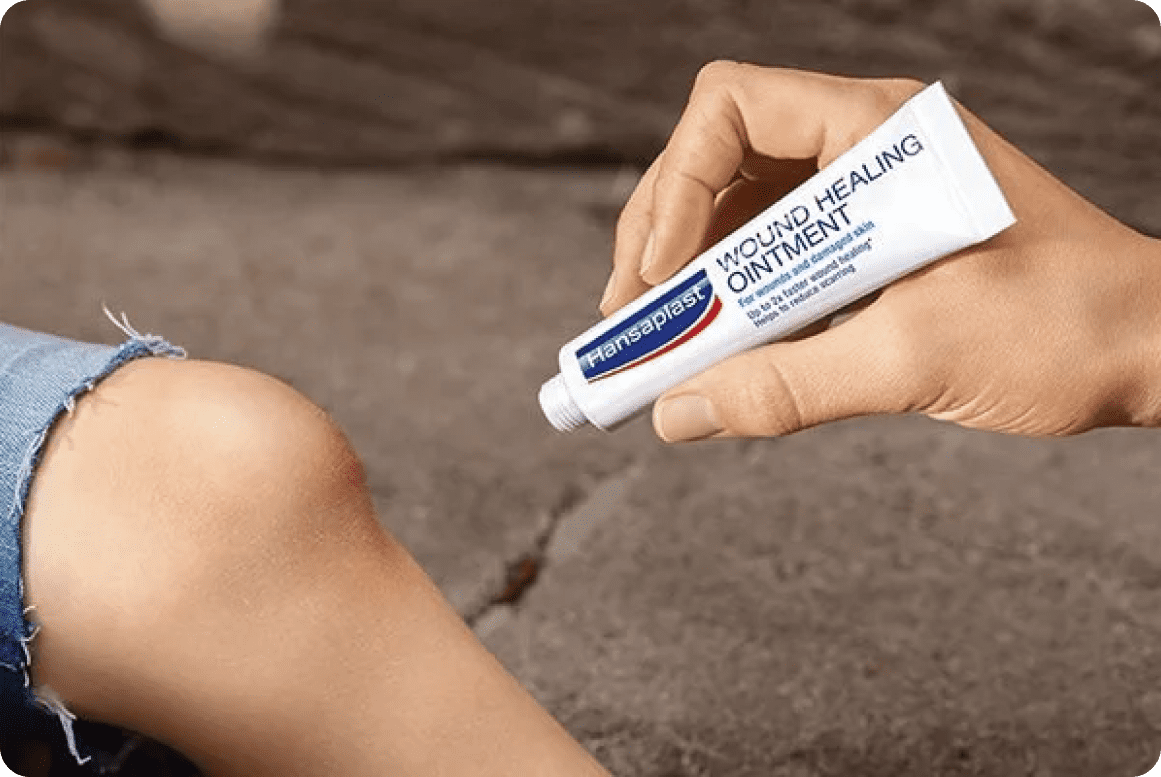We often take wound healing for granted. When we get a small cut, we may clean it and let it air or cover it with a bandage, then continue with our day.
However, beneath that bandage or in the open air, the body initiates a complex cascade of events meticulously designed to heal wounds, whether big or small.

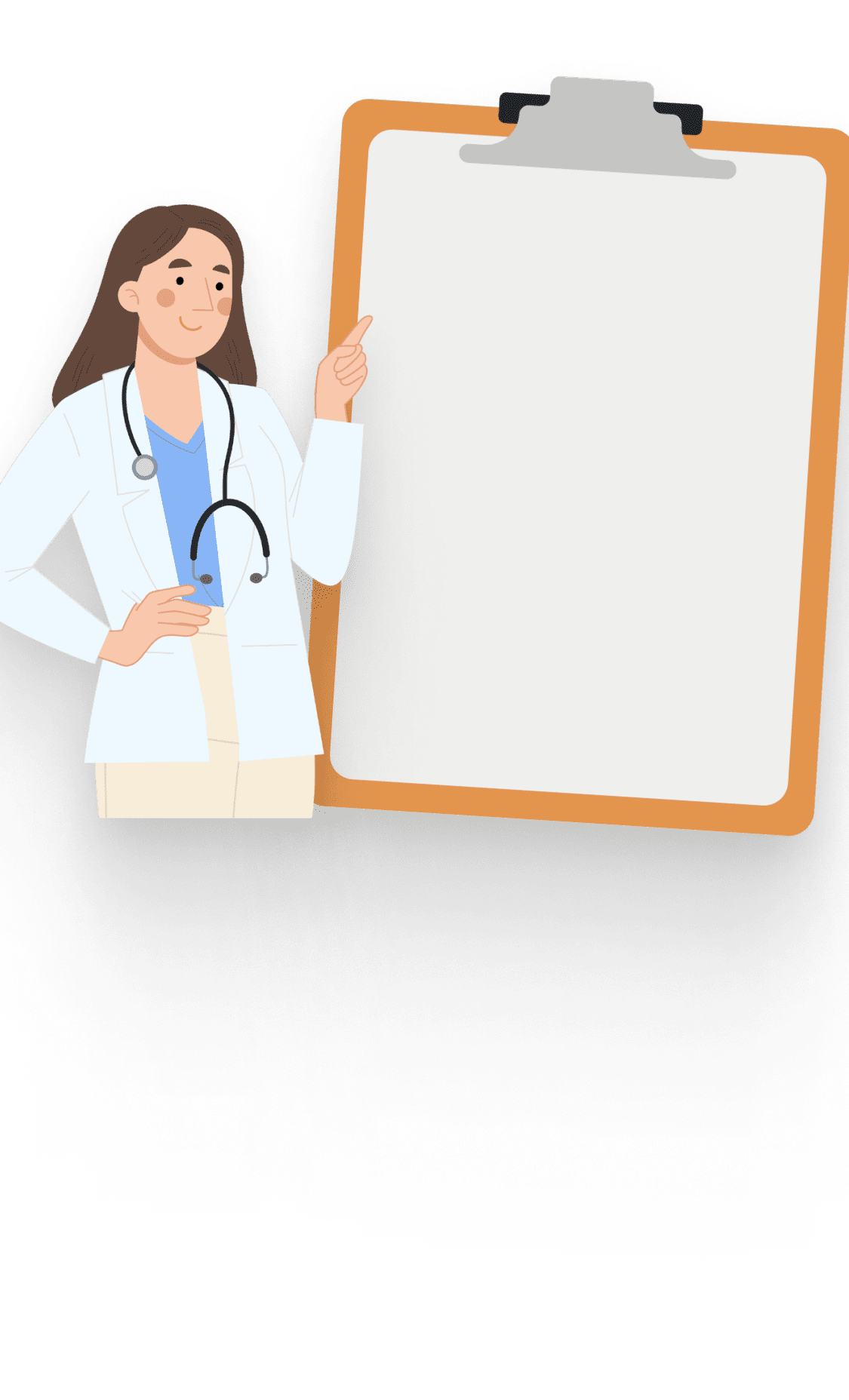
What do you do when you have a wound?
Click to pick your answer :)
I just leave it to heal on its own
I take good care of it until it’s healed
Sometimes, you may notice that certain cuts and bruises linger longer than others. Or, you may find that despite having similar wounds, your wounds may take more time to heal compared to friends or family members.
How long it takes for wounds to heal can vary from person to person. It can even change from time to time for the same individual.
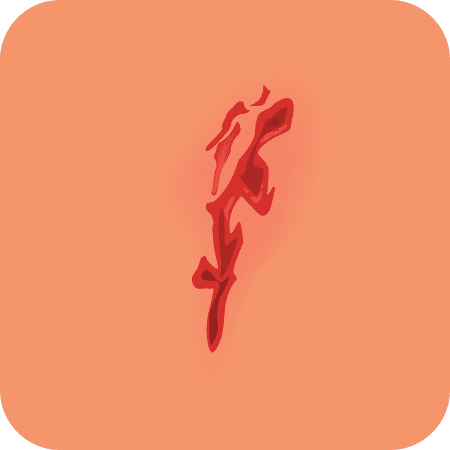
Wound

Cut

Bruises
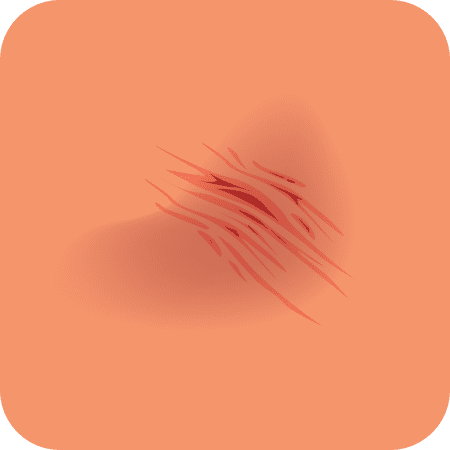
Abrasion
Usually, open wounds tend to take longer to heal, whereas small cuts and scratches can heal fairly quickly. Wounds that appear on areas with a lot of movement, like the elbows, also have a longer recovery time.
Acute Wounds

Click for more info
Acute Wounds
This type of wounds includes burns, cuts, tears, and punctures, which usually heal within one to three weeks.
If an acute wound doesn't heal in six weeks, it can become chronic and may require surgery or other interventions for closure.
Chronic Wounds
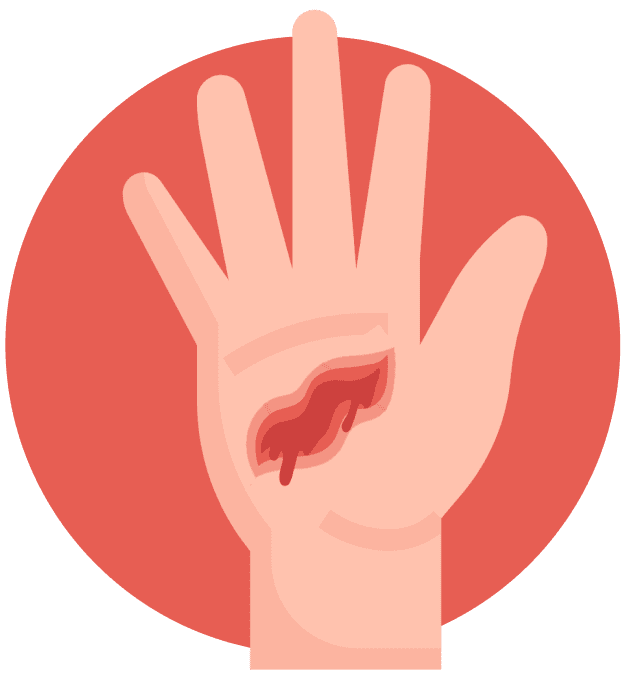
Click for more info
Chronic Wounds
These wounds don't heal quickly and sometimes never fully heal.
They can be caused by poor circulation, systemic illnesses like vasculitis or ischemia, repeated trauma, or old age.
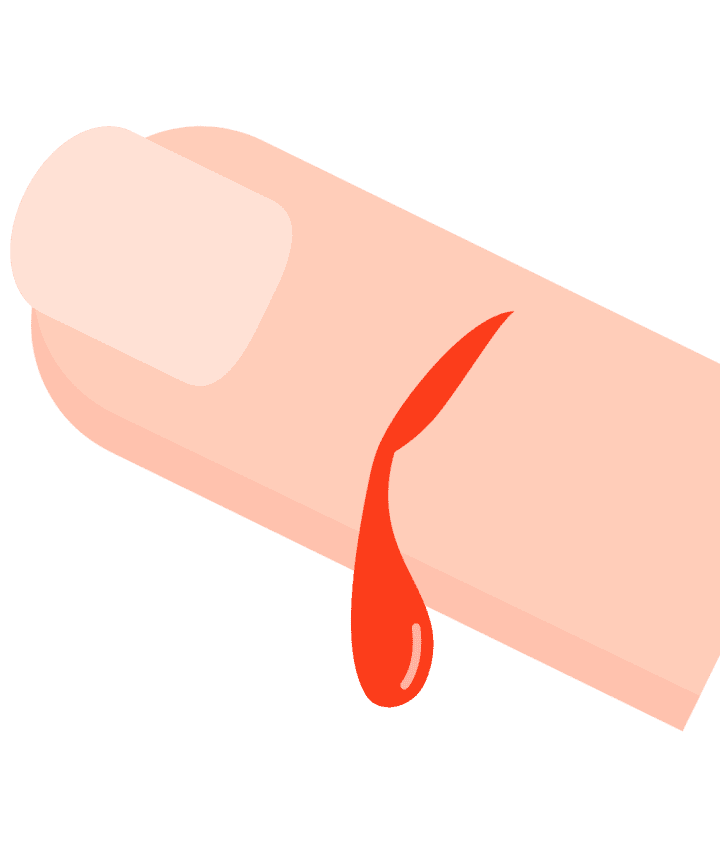
When wound healing gets interrupted:
Wound healing is complex and involves a series of chemical signals. Interruptions to the wound healing process can significantly slow or prevent healing.
One factor that impacts healing is reduced blood supply — blood carries oxygen and nutrients essential for healing. A wound that is not getting enough blood could take at least twice as long to heal, if it heals at all.

Those with conditions like diabetes, high blood pressure, obesity, or vascular disease may be more prone to chronic wounds.

Smoking also greatly increases the risk of poor wound healing.

So, how does a wound actually heal?
PHASE 1: Blood Clotting
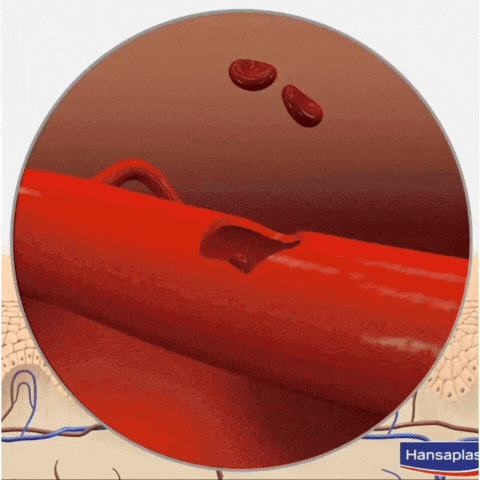
When you get a wound, your body immediately tries to stop the bleeding. Blood vessels tighten and platelets gather to form a clot, which helps seal the wound.
PHASE 2: Inflammation
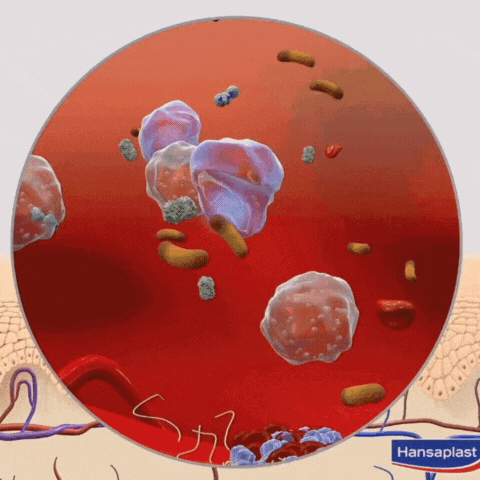
In this phase, your body sends special cells to the wound to fight off germs and clean up the area. This process helps eliminate bacteria and remove damaged tissue. It can cause redness, swelling, and pain as your body's immune system works to protect you from infection.
PHASE 3: Proliferation
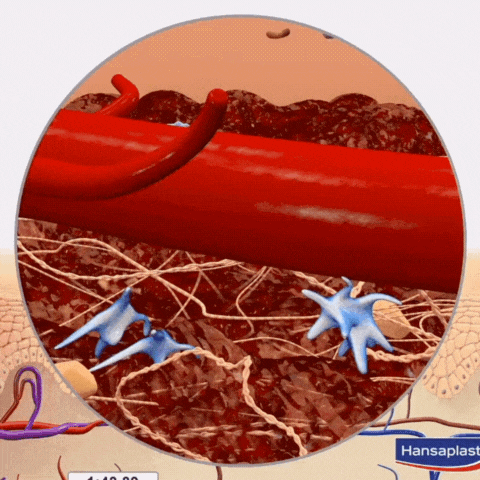
During this phase, new tissue starts to form. Cells multiply to fill in the wound, creating a framework for healing. New blood vessels also form to supply the growing tissues with nutrients and oxygen.
PHASE 4: Maturation
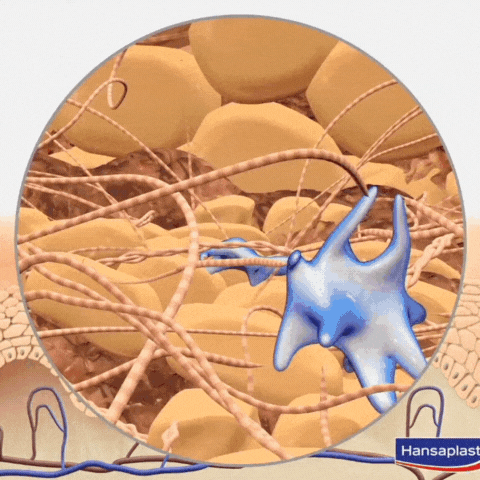
In the final phase, the new tissue strengthens and reorganises. The wound becomes less noticeable as the new skin cells grow over the wound to cover and protect it. This process can take weeks to months, depending on the size and depth of the wound.
